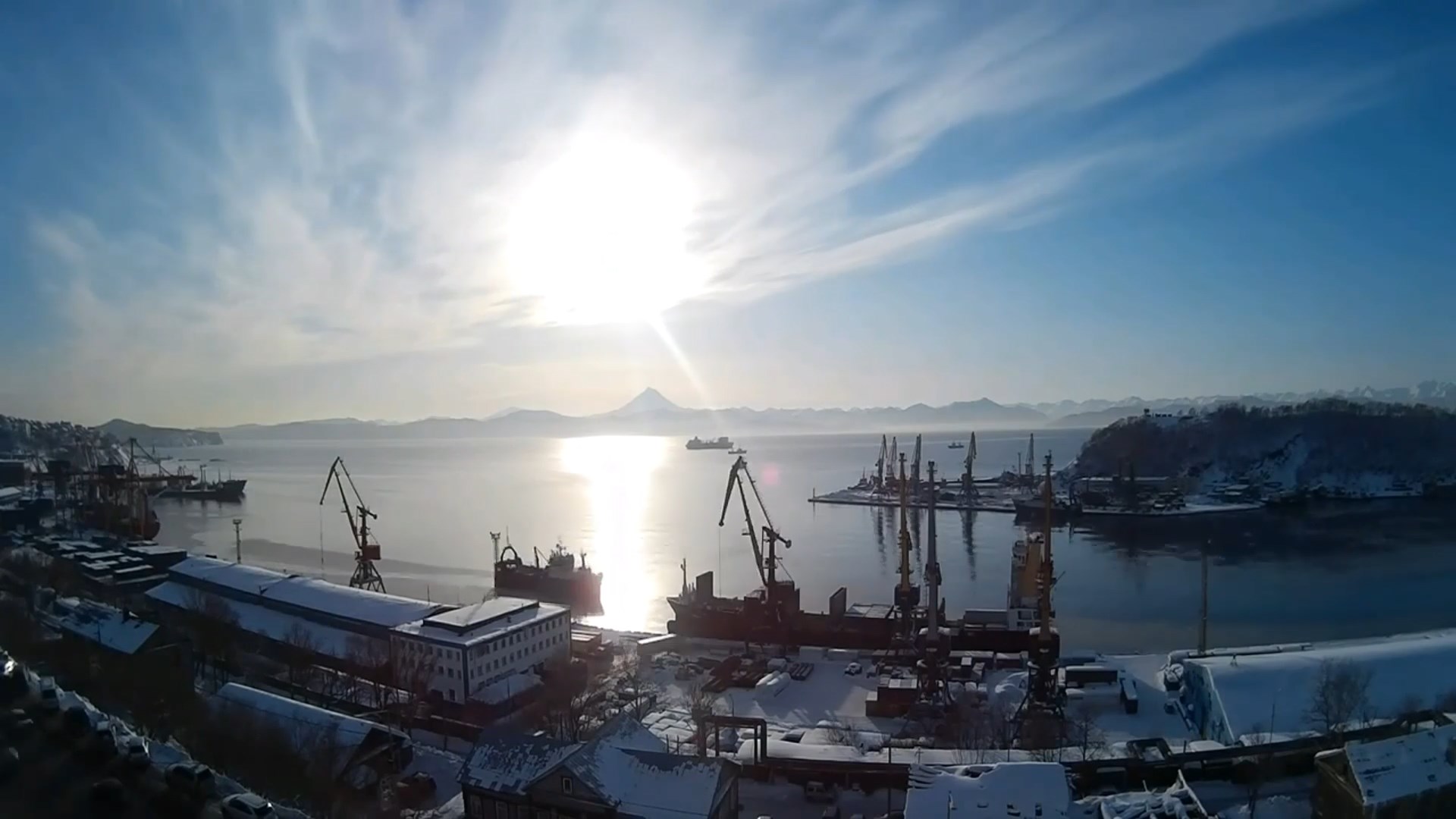A decrease in annual throughput was seen at Arctic seaports

Dry bulk cargo volume increased in 2023 by 10.4% to 446.9 million tonnes, contributed primarily by handling in the segments of grain, chemical and mineral fertilizers, scrap metal, ferry and containerized cargo and Ro-Ro cargo.
Handling in the segment of liquid bulk remained virtually unchanged, reaching 436.9 million tonnes. The highest growth was seen in liquid chemicals and food cargo.
Throughput at the seaports of the Arctic basin showed a 0.7-percent decrease to 97.9 million tonnes. Dry cargo volume increased by 5.2% to 31 million tonnes, while handling in the segment of liquid bulk decreased by 3.2% to 66.9 million tonnes.
Cargo volume at sea ports in the Baltic Basin increased by 1.3% to 248.6 million tonnes. Dry bulk cargo increased by 16.6% to 113.1 million tonnes, while liquid bulk volume decreased by 8.8% to 135.5 million tonnes.
The Azov-Black Sea basin remained a leader in the Russian port industry. Its cargo volume increased by 10.4% to 291.4 million tonnes in 2023. Handling of dry cargo increased by 16.1% to 140.8 million tonnes, with a 5.6% decline in liquid bulk segment (to 150.6 million tonnes).
Cargo throughput at the sea ports of the Caspian Basin, which is a transit corridor for the North-South International Transport Corridor (ITC), showed a 29.7-percent growth, up to 7.8 million tonnes. Dry cargo volume soared by 1.6 times to 5 million tonnes, while liquid bulk cargo dropped 2.3% to 2.8 million tonnes.
Cargo traffic at the Far Eastern basin seaports increased by 4.5% year-on-year to 238.1 million tonnes. Dry cargo increased by 1.9% to 157 million tonnes, liquid bulk – by 9.8% to 81.1 million tonnes.



